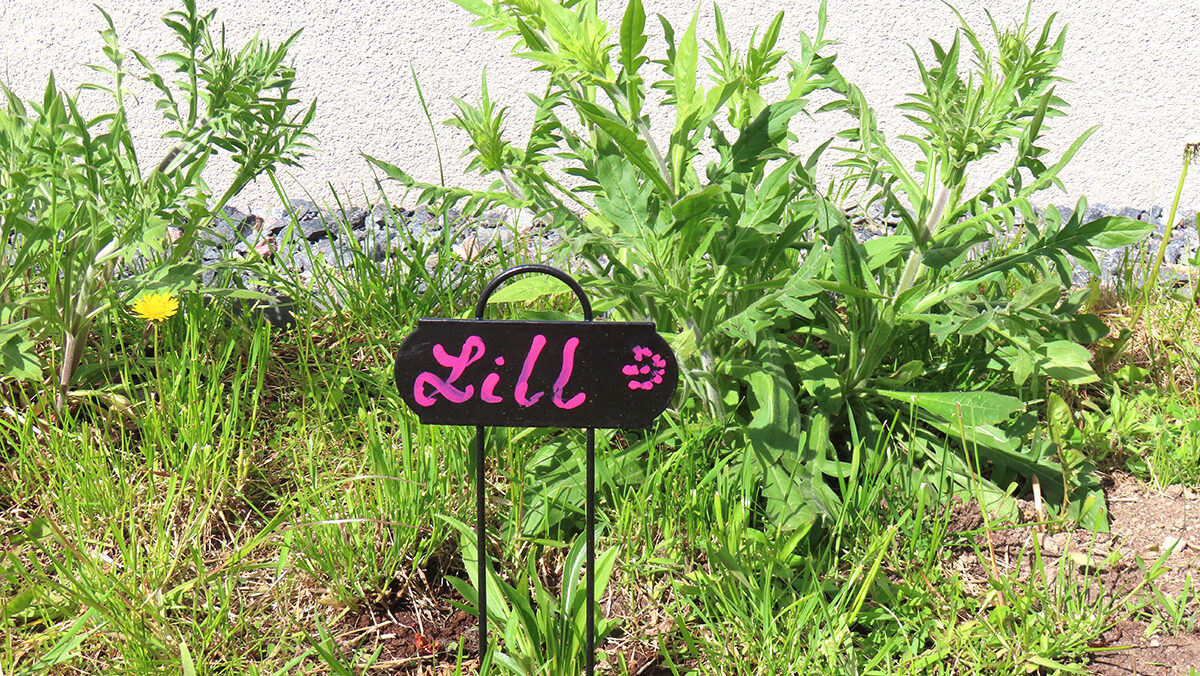# 1) Famous Landmarks Colouring Activity
Pikk Herman. St. Olaf's Church. You can probably think of a few different famous Estonian landmarks off the top of your head. Now, you and your kids can get to know them even better through their design, shape, and colours.
First, find an image online that you want to colour in. Generally speaking, the simpler and more defined the lines are in the image, the better quality the final product will be.
Once you download the image you like to your computer's desktop, visit scrapcoloring.com and select “Color your photos and drawings” from the top menu. On this page, click “choose file.” Select the image you downloaded and click “Submit.” The website will upload the image and convert it into a black and white drawing.
Once the black and white drawing appears, go ahead and click the icon of the printer in the bottom left corner of the web page. If you want to colour in a way that accurately represents the original image, you might want to print out the original as a reference. Otherwise, colour with any wacky colours you like and see who makes the coolest picture.
Some Estonian landmarks you can colour include:
- Hermann Castle in Narva
- Kõpu Lighthouse in Hiiumaa
- Tartu Raekoda (Tartu Town Hall)
This is much better than kids getting bored and drawing on the walls!
# 2) Make a Tissue Box Kannel (Estonian Harp)
The kannel is an Estonian stringed instrument with close parallels to the Finnish kantele and other regional variations of zithers. While chromatic zithers became more common throughout the 20th century, the original kannel usually had five strings.
Which is convenient for you, because you can replicate the sound with a tissue box and some rubber bands.
You will need:
- An empty tissue box
- Five long rubber bands, to fit around the tissue box length-wise
- pencils, erasers, and other small objects, to slide under the rubber bands and create tension
- tape, to hold the objects in place
- a digital tuner, piano/keyboard, or other tuned instrument, to find the right notes
First, take a tissue box and wrap five long rubber bands across the length of the box. Make sure that the rubber bands cross over the hole of the box so that sound can reverberate inside.
You can even try to tune the kannel by taking pencils, erasers, and other small objects and securing them with tape underneath the rubber bands, either on the front of the box or on the sides. This helps you change the pitch of each string.
There are numerous possible tunings, but you could try the following: D – E – F# – G – A. You can use a piano/keyboard, digital tuner, or an already tuned guitar to find these notes. Below is a diagram to help you find them on a piano.
Be careful when adjusting the rubber bands, so as not to snap them!

- jooksma = to run
- ujuma = to swim
- keetma = to cook/boil
- kraapima = to scrape/scratch
- heegeldama = to crochet
- aevastama = to sneeze
- põrgatama = to bounce
- libisema = to slip/slide
ADJECTIVES
- erutatud = excited
- loid = sluggish/slow
- soolane = salty
- terav = sharp/pointy
- kivine = rocky
- sügelev = itchy
- veniv = stretchy/elastic
- kolmnurkne = triangular
NOUNS
- homaar = lobster
- lõug = chin
- sõnaraamat = dictionary
- söögitool = high chair
- võrkpall = volleyball
- dirigent = conductor
- hambaork = toothpick
- pilvelõhkuja = skyscraper
How to play: Write down three to four paragraphs (in either Estonian or English) about what you do when you're out running errands, when you're sightseeing, or another interesting activity that involves travelling around and meeting people. Your paragraphs need to include eight verbs, eight adjectives, and eight nouns.
Once the first player writes down their story paragraphs, they have to erase those eight verbs, eight adjectives, and eight nouns from the paragraphs they wrote.
All the other players have to copy down the paragraphs, minus the erased words, and then use the above list of Estonian words to fill in the blanks. These words can be conjugated and adjusted to different forms accordingly, and this is a good chance to practice Estonian grammar.
Whoever can put the correct word types into the blank spaces and make the funniest story wins.
Stay tuned for more family activities here in the Youth Corner!
This article was written by Vincent Teetsov as part of the Local Journalism Initiative.




